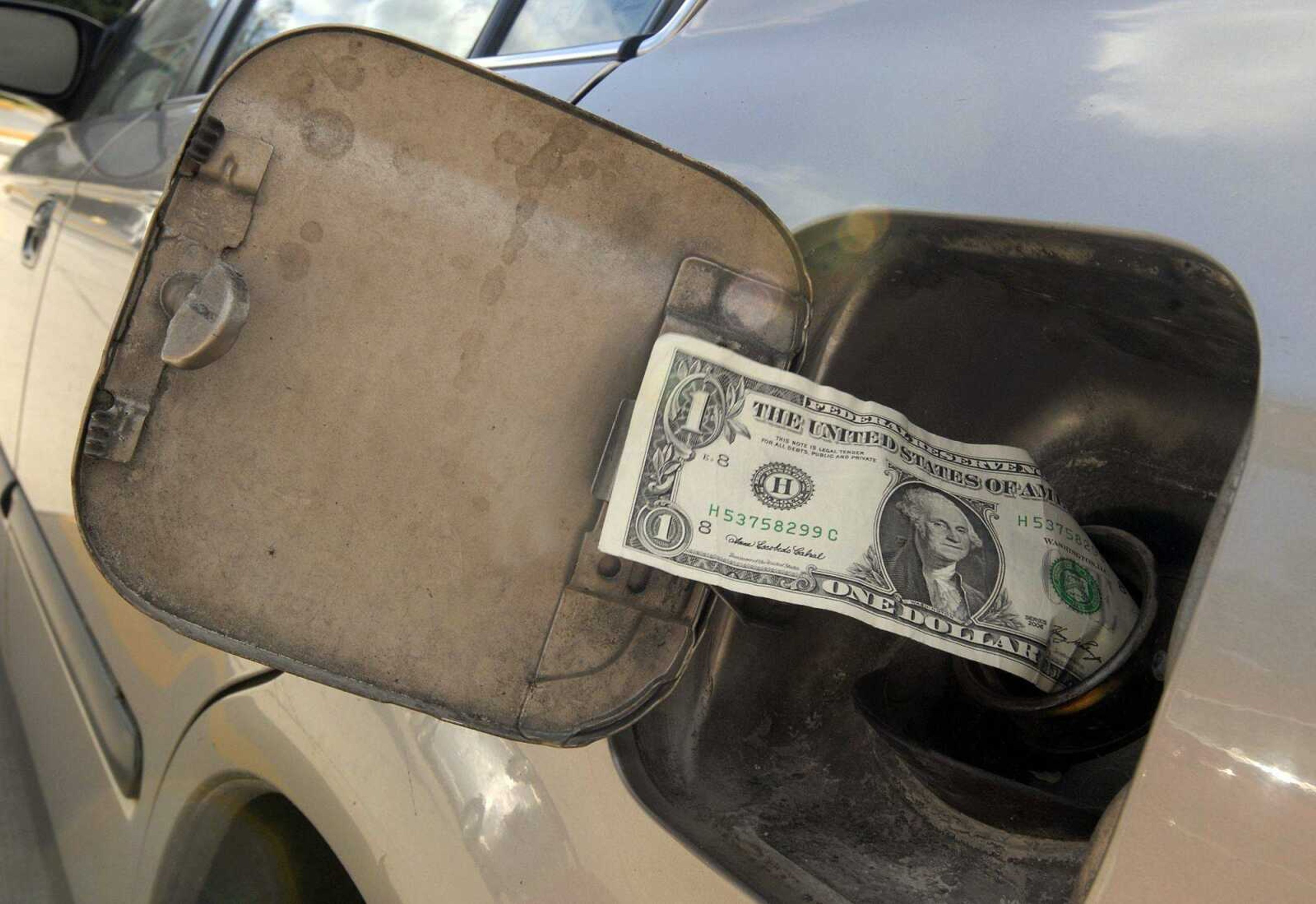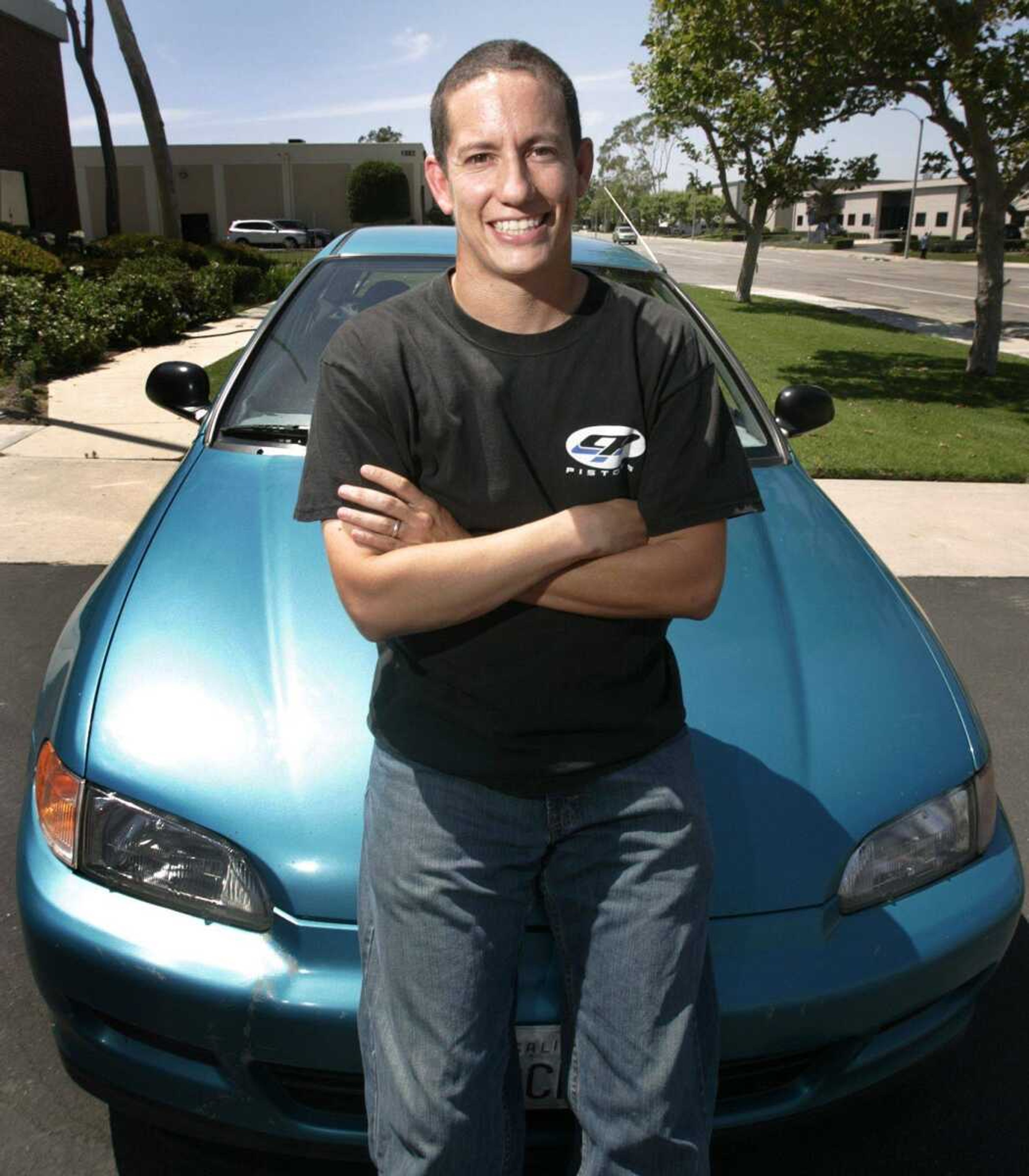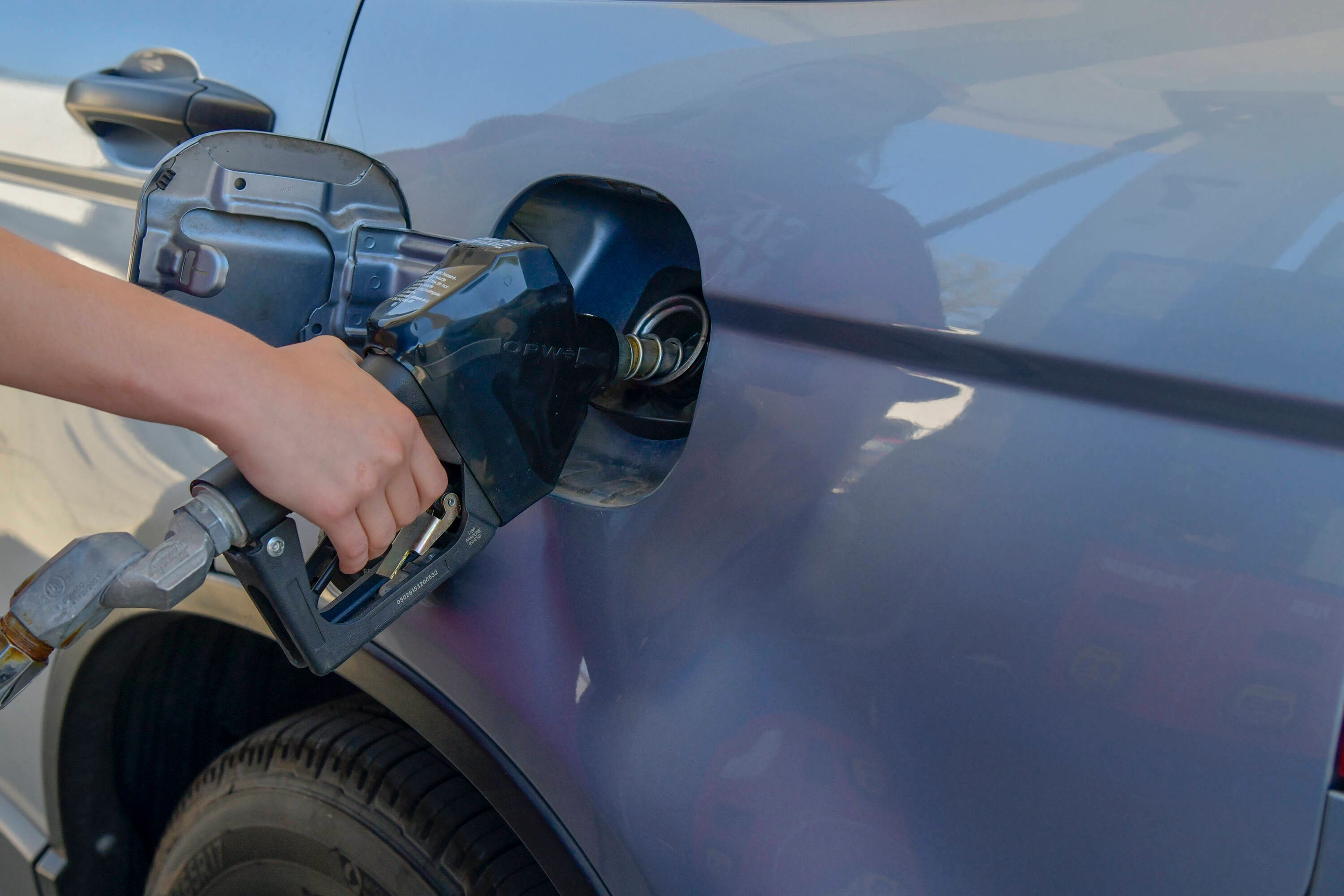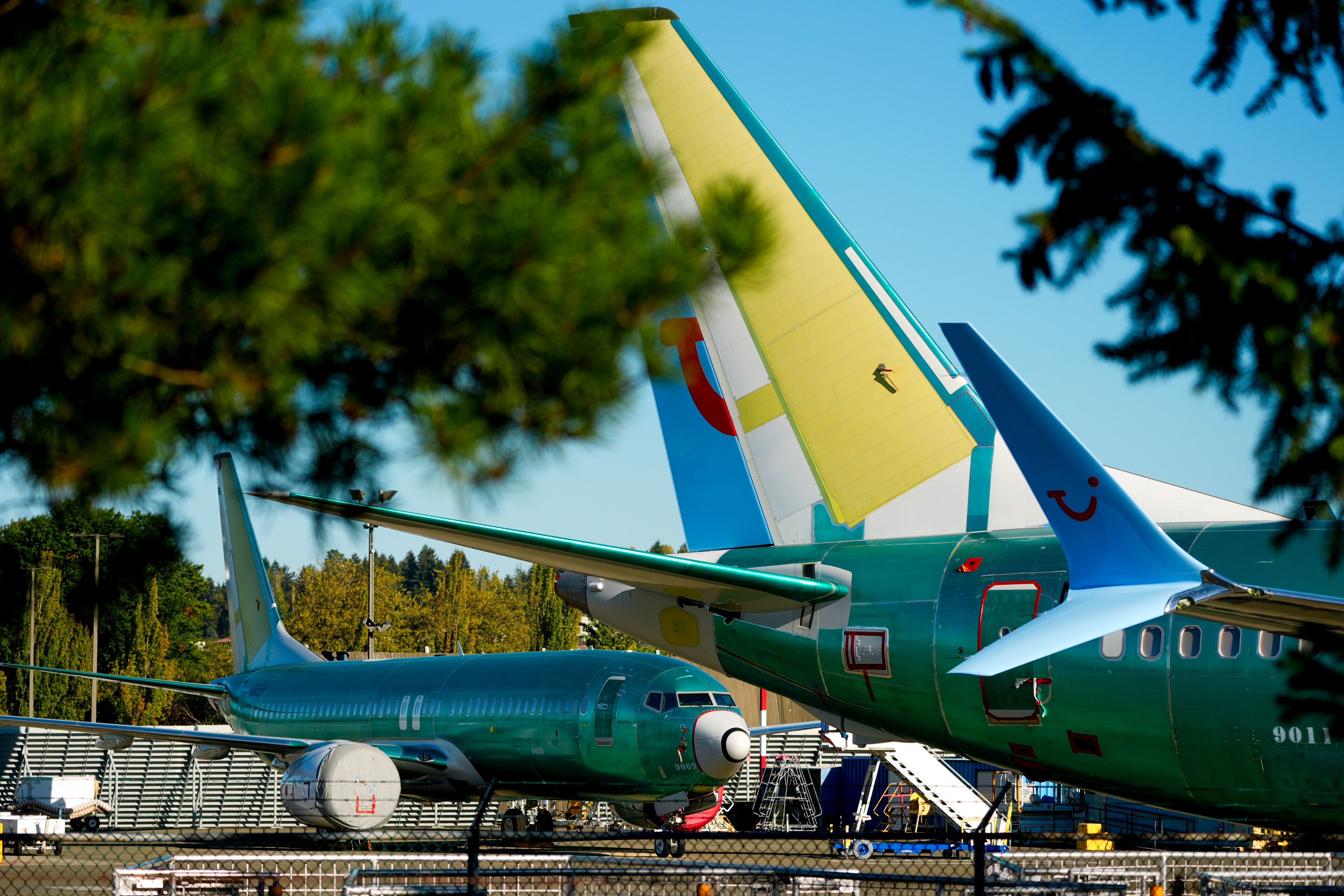Consumers looking for fuel-efficient cars from 20 years ago
Darius Tarman dreams of roaring engines. He owns three classic muscle cars, races on weekends and sells exotic racing pistons for a living. He is what is known as a car guy. Tarman's vehicle of choice these days? A 92-horsepower, 16-year-old Honda Civic hatchback with a fading teal paint job that takes about 15 seconds to reach highway speed...
Darius Tarman dreams of roaring engines. He owns three classic muscle cars, races on weekends and sells exotic racing pistons for a living. He is what is known as a car guy.
Tarman's vehicle of choice these days? A 92-horsepower, 16-year-old Honda Civic hatchback with a fading teal paint job that takes about 15 seconds to reach highway speed.
Then again, it does get 61 miles per gallon -- and when your daily commute is 100 miles round trip, that's huge.
"There's nothing like driving a big, black 440 with a four-speed. But ... this Honda is the best car I've ever owned," Tarman said. "I would cry if anything happened to it."
Tarman's love affair with a slow, undersized Civic shows the tremendous effect soaring gas prices have had on the way everyone, even hot-rodders, thinks about driving. And the fact that he turned to a creaky old 1992 model serves as a stark reminder that it's nearly impossible to buy a new car today that gets the kind of mileage many automobiles got 15 or 20 years ago, despite the industry's insistence that it's focusing on efficiency again.
"In the 1970s, '80s and '90s, carmakers all offered super-high-efficiency cars," said Eric Noble, president of the Car Lab, an auto industry research and consulting group. "Now that consumers are clamoring for them, those cars are pretty much all gone."
With demand for efficiency surging, carmakers are racing to improve their lineups. General Motors, which currently doesn't have any cars that top 30 mpg combined, said last month that it will spend $500 million to produce a new compact car for 2011, the Cruze, that will reach 45 mpg on the highway.

Last year, the government adjusted the way it calculates fuel economy. Despite the new system, the Geo beats the Cruze by 6 mpg.
Ford is bringing six efficient European models to the U.S., while Honda and Toyota are promising newer and better hybrids. Yet of all cars on the market today, only the Prius (46 mpg) and the Civic hybrid (42 mpg) post better mileage numbers than a 1989 Ford Festiva (41 mpg).
Despite the mileage gap, nobody in the industry is promising a return to the days of inexpensive, simple, extremely efficient economy cars: There are no plans to dust off the plans for the 48 mpg 1994 Pontiac Firefly, or the 35 mpg Ford Escort from 1991.
"In today's market, to be competitive, those cars just aren't possible," said Al Manzor, the program engineer on three GM vehicles, including its most efficient car, the Chevy Cobalt, which gets 29 mpg.
He and other industry experts cite more rigorous safety standards that require everything from side airbags to crumple zones, as well as more features such as power windows, which add to the weight of a vehicle. Another big factor, Manzor said, is power. "If you're not under 10 seconds in zero-to-60, you're not competitive."
Power has definitely gone up: a 1983 Toyota Camry took 12.6 seconds to go from a dead stop to 60 miles per hour. Today, Toyota makes a Camry that, despite weighing 1,000 pounds more than its predecessor, arrives at 60 mph in less than seven seconds.
Yet there's no technical reason that a little bit of power couldn't be traded for thriftiness, said Dennis Virag, president of the Automotive Consulting Group. "They could definitely make these kinds of cars again. Just look at Europe and Japan, where they have tons of highly fuel-efficient vehicles," Virag said. "It's just a question of business priorities."
Obsession with mpg
For most of his 36 years, Tarman, of Rancho Cucamonga, Calif., has been obsessed with big, powerful American cars. He owns a 1968 Plymouth Valiant, a 1966 Plymouth Roadrunner and a 1970 Dodge Dart.
For years, he drove to work in his turbocharged Dodge Spirit, leaving home early to avoid traffic and rarely dropping below 75 mph.
But in November, exasperated at how much it was costing to fill his tank, he found the five-speed 1992 Civic with 155,000 miles for $2,500 from its original owner.
Behind the wheel of the Honda, Tarman got interested in a different kind of high performance, scrupulously measuring how many miles per gallon his car got, taking notes and posting his averages online.
Within weeks, he was flirting with 60 mpg and comparing his stats with some of the most extreme fuel economy obsessives on the road. Known as hypermilers, they do everything within reason, and plenty outside of it, to go more miles on less gas.
'Long-distance runner'
Tarman's Honda model, the Civic VX, was made between 1992 and 1996. It's particularly popular among hypermilers, who prize it for its advanced, 1.5-liter engine with variable valve timing that gave it a combined government rating of 51 mpg. A 1992 New York Times review of the VX called it "the champ at passing gas stations" and calculated that it could get "654.5 miles of open road between fill-ups, making it the longest of the long distance runners."
Even Civics with more than 200,000 miles can fetch upward of $6,000 today; a year ago, when gas cost $2.75, they wouldn't fetch half that.
Another favorite among hypermilers is the Geo Metro, a bare-bones car sold by GM in the late '80s and early '90s that came in an extremely efficient XFi version. That car, powered by a tiny, 1-liter, 3-cylinder engine, didn't have an air conditioner and came in one pony short of 50 horsepower. But it was rated at 55 mpg, it's a snap to work on, and parts are readily available.
Tweaking for mileage
Rick Thompson, of Kisler, W.Va., spent $1,600 for a 1993 Metro and spent hundreds of hours tweaking the car's engine and aerodynamics. "I finally got it to 70 mpg, then pretty soon after that, I moved on to the next car," said the computer instructor, who is currently working on a convertible Geo Metro, adding a false interior floor that will allow air to pass under the passenger compartment and improve aerodynamics.
Like other hypermilers, Kisler also uses measures such as turning off the motor on long descents or accelerating to speed, then shifting the car into neutral and coasting, a technique known as "pump and glide."
In contrast, Tarman takes pride in not being a hypermiler. He made no real modifications to the car other than switching to synthetic motor oil and inflating the tires to 55 psi. He employs only three techniques: He keeps his speed at 60 mph, his RPMs below 3,000 and he makes acceleration and braking as slow and smooth as possible.
"It's not about crazy aerodynamics. It's all about how you drive," he said. "Drive an efficient car and just get it into top gear and that's it."
Connect with the Southeast Missourian Newsroom:
For corrections to this story or other insights for the editor, click here. To submit a letter to the editor, click here. To learn about the Southeast Missourian’s AI Policy, click here.






